Stressed? Try Some of These Asanas To Feel Better
It is perfectly natural to feel anxious or overwhelmed at this moment. After all, we are facing times like never before. And with uncertainty, comes the inevitable possibility of stress, anxiety and fatigue. But there is a way to relieve this. And it is journeyed all the way from ancient India – through YOGA! Yoga is a beautiful secret to inner serenity, peace, and harmony. It is the practice of the soul, through the medium of the body. And it results in the union of individual and universal consciousness.
If you are feeling like your thoughts are starting to scatter in negative directions given the COVID-19 situation, gently bring your mind back to this with these soothing Yoga asanas we share with you in this article. Most of you will experience serenity, bliss, and relaxation. If you’re a first-time yoga practitioner, you’ll be surprised by how elevated your mood is after a yoga class. Having said this, it’s not to say that yoga will magically erase your worries. your worries might still be there, but yoga leaves you with the strength and peace to handle adversity.
One of the reasons for this sense of upliftment is that movement naturally increases serotonin levels in our brain. Serotonin is a neurotransmitter that makes us feel good. Unfortunately, it’s often deficient in people who have anxiety, stress, fear, worry, and other depressive disorders.
However, yoga isn’t like any other exercise. In fact, it takes a special, relaxed approach to fitness as opposed to upbeat, intense, and modern workout classes. Yoga can get your blood pumping, but also move you to a state of relaxation through meditation and breathing techniques. This is what makes yoga a wonderful option for those with psychosomatic issues too.
Although there are several yoga poses, some are particularly good for coping with anxiety, stress and depression. Here, we’ll discuss some postures that you can incorporate into your own practice to achieve a greater psychological state in your life.
As you practice these, be sure to breathe steadily and deeply, even when your body feels strained.
Sukhasana (Easy Pose)
How does it work?
The Easy Pose is the simplest and most classic pose in which people often meditate. A few years ago, people would eat their meals in this pose, signifying that the body must be in a relaxed state while eating. Although many might not think of it as a yoga pose, Sukhasana can actually be a powerful tool for boosting the self-esteem you need to deal with anxiety, depression, and chronic stress.
Here, the base of your spine connects to the earth helping you feel deeply grounded. The beauty of this posture is that it draws symmetry that helps center you. The word sukh means happiness and hence practicing Sukhasana for even five minutes a day can help you. When practiced mindfully, this pose leaves you with a feeling that nothing can uproot or knock you off balance. Sitting in posture can also help you experience a sense of self-esteem, confidence, strength, and clarity.
Steps:
- Sit on the floor or on a yoga mat with your legs crossed.
- Align your torso with your hips, making your spine straight and firm.
- Lengthen your tailbone.
- Move your shoulders back and down.
- Rest your arms on your knees.
- Close your eyes and take deep, relaxed breaths.
- Focus your attention on your heart.Remain here for as long as you would like.
Things to ponder: As you sit in an easy pose, you can recite a mantra or watch your breath. Both are great ways to keep your mind clear.
Vrikshasana (Tree Pose)
How does this work?
Vrikshasana is one of the classic balancing asanas. Along with maintaining physical balance in the posture, it helps bring mental clarity too. Do you want to know how? Try standing in Vrikshasana and talk to someone or think about an event or plan your day. You will wobble. Only when the mind is one-pointed, will the asana be stable. Hence, this asana helps to train the mind to be quiet, sharp, free thoughts (less overthinking), builds concentration and focus naturally. All of this improves mental performance and helps to kick off anxiety, stress, and depression.
Steps:
1. Stand tall and straight with arms by the side of your body.
2. Bend your right knee and place the right foot high up on your left thigh. The sole of the foot should be placed flat and firmly near the root of the thigh.
3. Make sure that your left leg is straight. Find your balance.
4. Once you are well balanced, take a deep breath in, gracefully raise your arms over your head from the side, and bring your palms together in ‘Namaste’ mudra (hands-folded position).
5. Look straight ahead in front of you, at a distant object. A steady gaze helps maintain a steady balance. Avoid closing eyes as that can be tough to balance.
6. Ensure that your spine is straight. Your entire body should be taut, like a stretched elastic band. Keep taking in long deep breaths. With each exhalation, relax the body more and more.
7. With slow exhalation, gently bring down your hands from the sides. You may gently release the right leg.
8. Stand tall and straight as you did at the beginning of the posture. Repeat this pose with the left leg off the ground on the right thigh.
Things to ponder: Any area in your life that feels a lack of balance? Breath through them as you do this pose.
Uttanasana (Standing Forward Fold Pose)
How does it work?
This pose belongs to forward bending asanas which surround the “letting go” attitude i.e vairagya. This helps you develop the strength to let go of all the negative tendencies that weigh you down. Moreover, the head is towards the ground which helps improve blood circulation and empty your mind with anxiety and stress. This pose also relieves the stress around the tension points in the body namely shoulders, spine, neck bringing a sense of calm.
Steps:
- Stand up straight with your hands by your side.
- Place your hands by your hips and slightly bend your knees as you bend forward.
- Your chest should touch your thighs. If it doesn’t, try bending your knees further.
- Take your hands down and grab your ankles.
- Remain here for a few breaths before gently standing back up.
Things to ponder: Accept yourself, love yourself, and keep moving forward. Because, if you want to fly, you have to give up what weighs you down.
Balasana (Child’s Pose)
How does it work?
This pose is among one of the most restorative and comforting postures. The pose helps to calm the nervous system and shifts it to a parasympathetic mode. Moreover, it also relaxes the Ajna chakra and stimulates the pineal gland to release the sensations of calmness and relaxation. In addition to being comforting, a child’s pose also works to release tension in the spine, thus calming your nerves.
Steps:
- Kneel on your mat with your big toes touching and your knees slightly wider than your hips.
- Bend forward, stretching your arms and chest forward.
- Rest your head on your mat or a blanket with your arms stretched above your head.
- Breathe deeply here for as long as you’d like before gently sitting back up.
Things to ponder: Surrender to an experience or emotion rather than stopping or trying to prevent or control it.
Downward Facing Dog Pose (Adho Mukha Svanasana)
How does it work?
This pose helps to decrease the impact of overwhelming stress that is caused in response to anxiety. The head is towards gravity and this pose helps to increase blood circulation around the head and also relax the neck, shoulders, facial muscles, and brain. This promotes greater energy and mental clarity to deal with, and combat anxiety.
Steps:
- Come to all four on your hands and knees with a flat back.
- Lift your hips up by pushing against the ground with your toes.
- Straighten your legs and arms.
- Push against the ground with your hands to all your hips to rise up.
- Your body should come to an inverted v-shape.
- If you feel tightness in your legs, it’s alright to bend your knees.
- After taking a few breaths here, gently release the pose.
Things to pinder: Write down everything that weighs you down and empty your head from negative thoughts – worry, stress, anxiety, sorrow, and so on.
Ūrdhva Mukha Svānāsana (Upward-Facing Dog Pose)
How does it work?
Another great pose for handling anxiety is an upward-facing dog pose. This position opens your heart, helping you remove any pent-up emotions in your chest. It also works to regulate the respiratory system and brings clarity to your heart and mind.
Steps:
- Lie flat on your stomach on your yoga mat.
- Keep the balls of your feet facing upward, with your toes pointing down.
- Place your palms facing down on the mat near your shoulder blades.
- Push into your palms to elevate your upper body, smoothly curving the spine.
- Lift your chest and head while keeping your shoulders back.
- Lengthen your body from head to toe.
- Take a few deep breaths here before gently releasing the posture.
Things to ponder: Lift your face up towards the sunshine and count your blessings. Express gratitude and also Write down your strengths.
Sarvangasana (Shoulderstand )
Why does it work?
Shoulderstand is another excellent yoga pose. Like the downward-facing dog pose, the shoulder stand increases blood flow to your brain, thereby increasing mental clarity and balancing your emotions.
It is important to note that one should not do this pose if they have neck or shoulder problems, high blood pressure, or are menstruating.
Steps:
- Lie down on your yoga mat with your arms outstretched alongside your body.
- Bend your knees, raising your legs towards your chest.
- Press your hands into the floor to raise your bent legs over your head.
- Move your hands onto your back to support yourself as you move your hips farther towards your head, straighten your legs as you do so.
- Keep pressing your palms into your back; feel your body long and straight.
- Take several relaxing breaths here before gently releasing the pose.
Things to ponder: Write down your dreams and explore new ways to achieve them. Stretch your mind’s horizon and make a roadmap to grab them all.
Matsyasana (Fish Pose)
How does it work?
Matsyasana helps to detoxify and destress. In this pose, the crown of your head is touching the ground, helping the nerves to relax and producing a wave of relaxation.
Steps:
- Lie on your back. Place your feet together and hands by the side of the body
- Place the hands under hips, palms facing down.
- Bring the elbows close to each other.
- Breathing in, lift the head and chest up.
- Bend the head backward and touch the top of the head to the floor.
- Press the elbows firmly into the ground, placing the weight on the elbow and not on the head.
- Press the thighs and legs to the floor.
- Hold the pose for 20 to 30-counts, taking gentle long breaths in and out.
- Now lift the head up, lowering the chest and head to the floor.
- Bring the hands back along the sides of the body.
Things to ponder: Forgive a disturbing experience or a person who has hurt you and tune back into happy mode by listing things that made you joyful today
Viparita Karani (Legs Up The Wall Pose)
How does it work?
This pose can be labeled as “do less, relax more”. The upper body is relaxed and that helps to rebalance the thoughts and shifts the gradient to positivity. This pose also helps dilate the blood vessels and relax the entire body.
Steps:
- Lie on the floor near a wall and practice deep, steady breathing.
- Exhale and swing your legs up onto the wall so that your heels and sitting bones are supported against it.
- If you have any discomfort in your lower back, adjust your body slightly back from the wall. Rest your head on the mat or floor, keeping your spine straight
- The body position should be L shape.
Things to ponder: Value your imperfections as much as your perfections and concentrate on your successes and forget about the lows in life.
Corpse Pose (Savasana)
How does it work?
Don’t let the name fool you. Corpse pose is one of the most gentle, easy, and comforting postures that yoga has to offer. This meditative pose is excellent for controlling your mind, reducing stress, anxiety, and depression while inviting clarity into your experience.
This pose looks quite easy when we practice (merely lying down on the floor), however, ensuring the emotions are calmed and not having racing thoughts is the cue. However, with a continued focus on your breath, you will ultimately unlock deeper states of calm and bliss.
This pose is typically performed at the end of each yoga session, allowing you to integrate all the energy and revelations that may have been cultivated during your practice.
Steps:
- Lie flat on your back on the mat.
- Rest your arms on the ground a few inches away from your body.
- Face your palms upwards.
- Keep your knees slightly spread and your toes pointing outwards.
- Close your eyes and consciously relax every part of your body, including your toes, ankles, shins, calves, left knee, right knee, and so on until you’ve relaxed each body part.
- After you’re fully relaxed, keep breathing slowly and deeply from your belly.
- Remain here for as long as you’d like.
- When you’re finished, gently roll onto your right side for a moment before getting up.
Things to ponder: For 5 minutes relax and do nothing as almost everything will work again if you unplug it for a few minutes.
In addition to these postures, some pranayamas also work. Engage in practicing long, and deep exhalations like 4-7-8 breathing, OM chanting, and Bhramari pranayama.
Having said this, yoga isn’t magically going to take away your stress and anxiety. Your problems might still exist and you might still have to face them, but what it does is that it leaves you with strength and clarity to handle them better. It teaches you to accept, let go, forgive and trust the process. It enables us to be in the moment, have a better mood, and encourages us to take a break once in a while and not be too hard on ourselves.
We wish you all the best on your healing journey!
Frequently asked questions (FAQs):
Q. Does yoga help with anxiety?
A.Yoga techniques like relaxation, meditation, and exercise are self-soothing tools that one can use to calm the mind and weigh down racing thoughts. If done right, you’ll be able to knock off your anxiety.
Q. How does yoga affect mental health?
A. Research has shown that yoga works wonders when it involves a psychological state. Yoga reduces muscle tension, relieves stress and inflammation, and increases concentration. It helps to relax the Sympathetic nervous system (SNS), helping you focus better.
Q. When should I not do yoga?
A. Avoid doing yoga practice when you are ill, menstruating, or right after a meal.
Q. Is Yoga only for fit people?
A. Yoga could be done by anyone who has no known medical ailment history. However, if you are having a medical condition, then it’s best to consult your doctor or yoga therapist before you start your yoga practice.
Q. How often should I do yoga for anxiety?
A. Individuals with Anxiety can perform yoga for a minimum of 20 minutes each day to scale back anxiety symptoms. However, performing a one-hour yoga practice two-three times every week can decrease anxiety symptoms dramatically.
Q. How do I make yoga a part of my lifestyle?
A. Our yoga experts can coach you on building yoga as a part of your daily living. Speak to our wellness consultants on 1800 10 20 253 or email us at info@lukecoutinho.com to set up a one-on-one yoga session today.
Disclaimer: Please be aware of the contraindications for each of the asana. If unsure about the form and posture, please do it under the guidance of a trained yoga expert.
|
From a pimple to cancer, our You Care Wellness Program helps you find a way Talk to our integrative team of experts today 18001020253 |

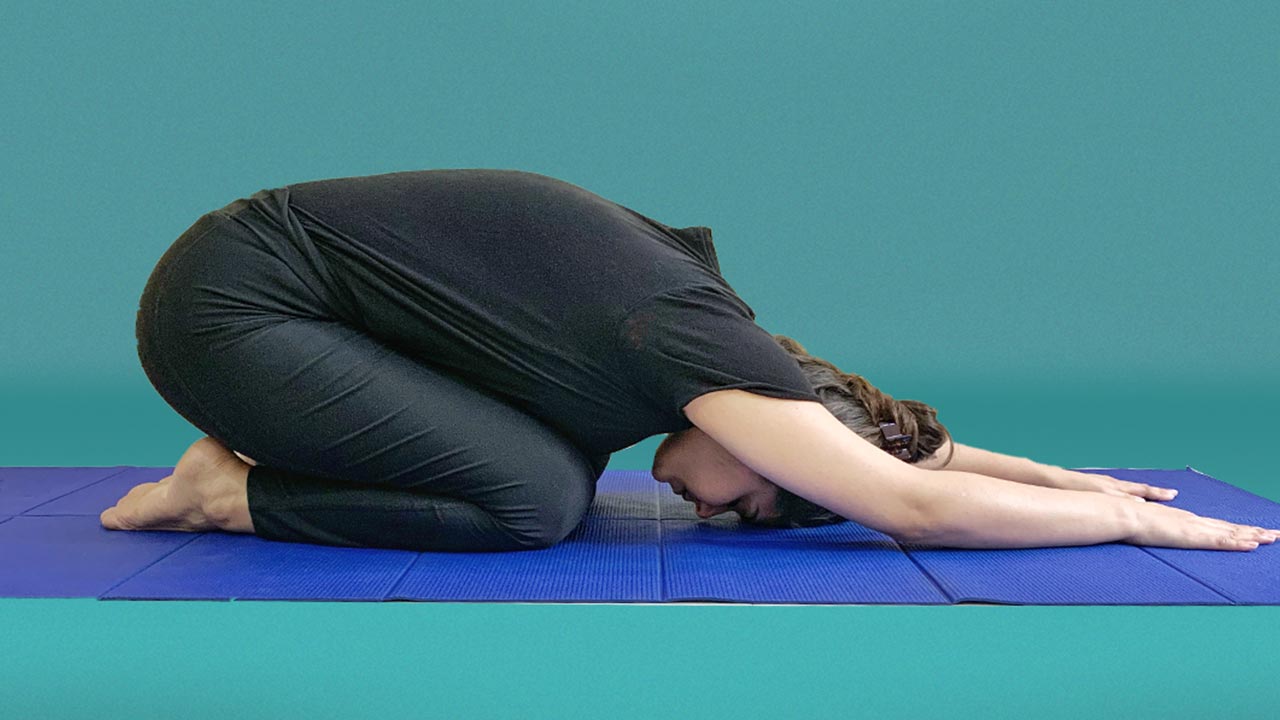
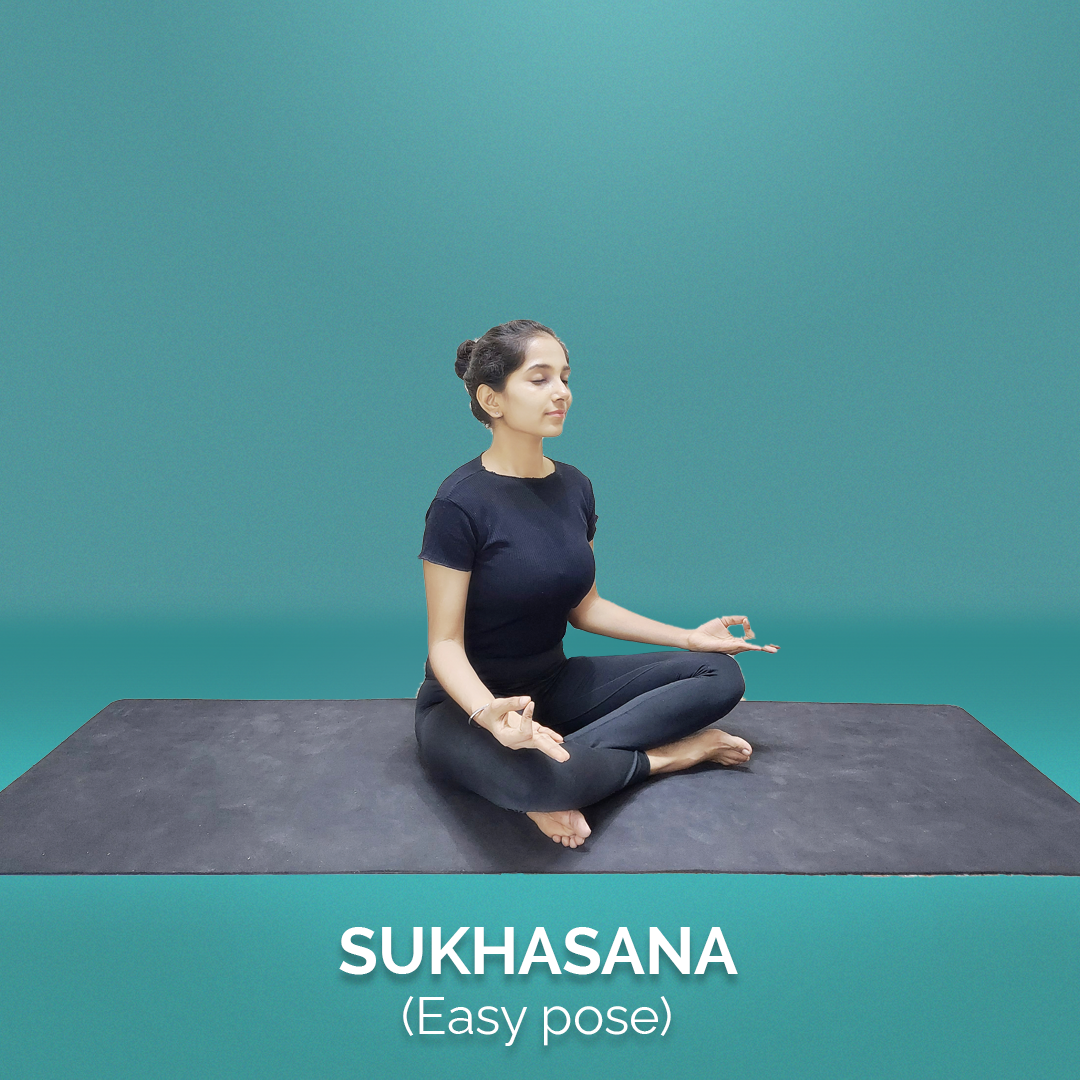
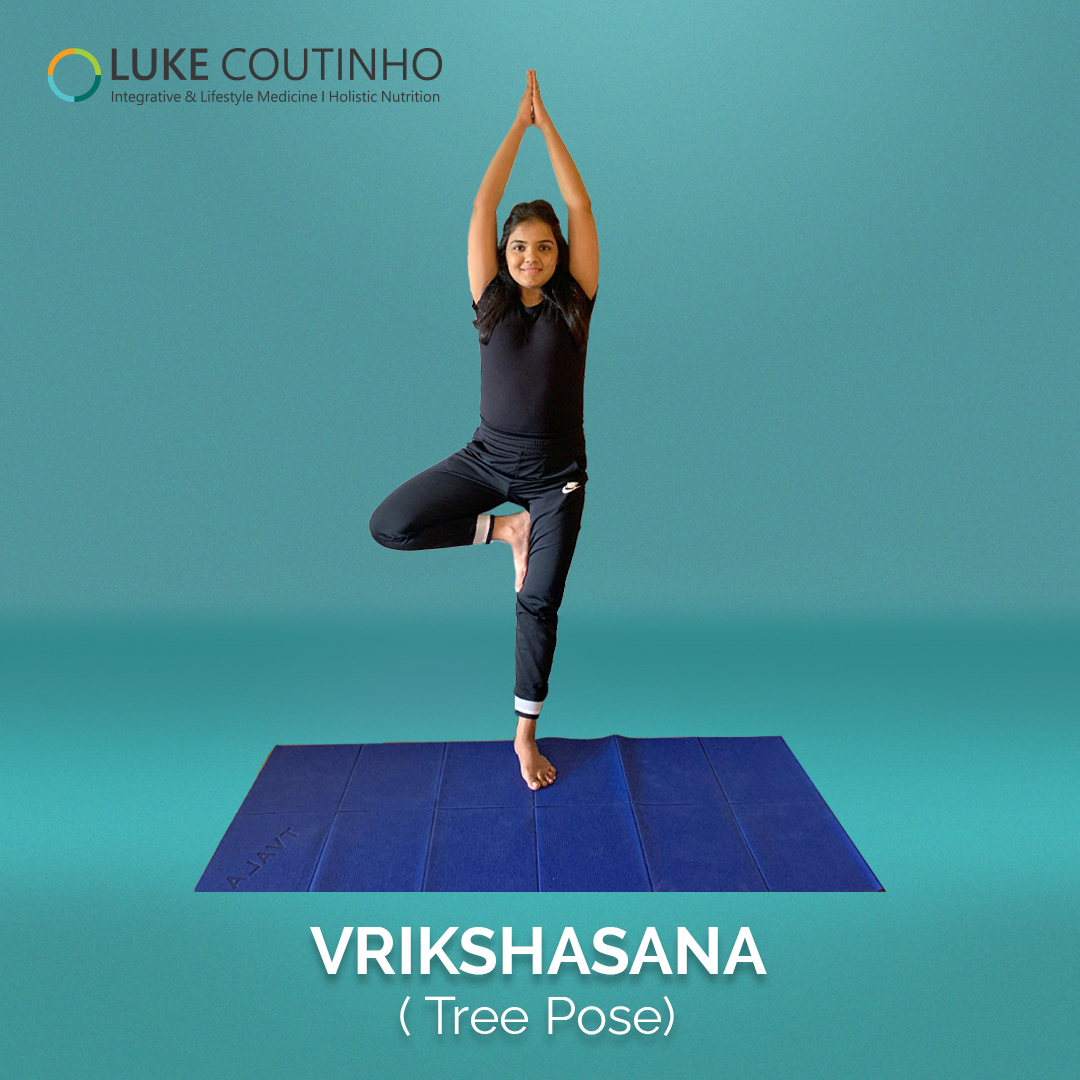

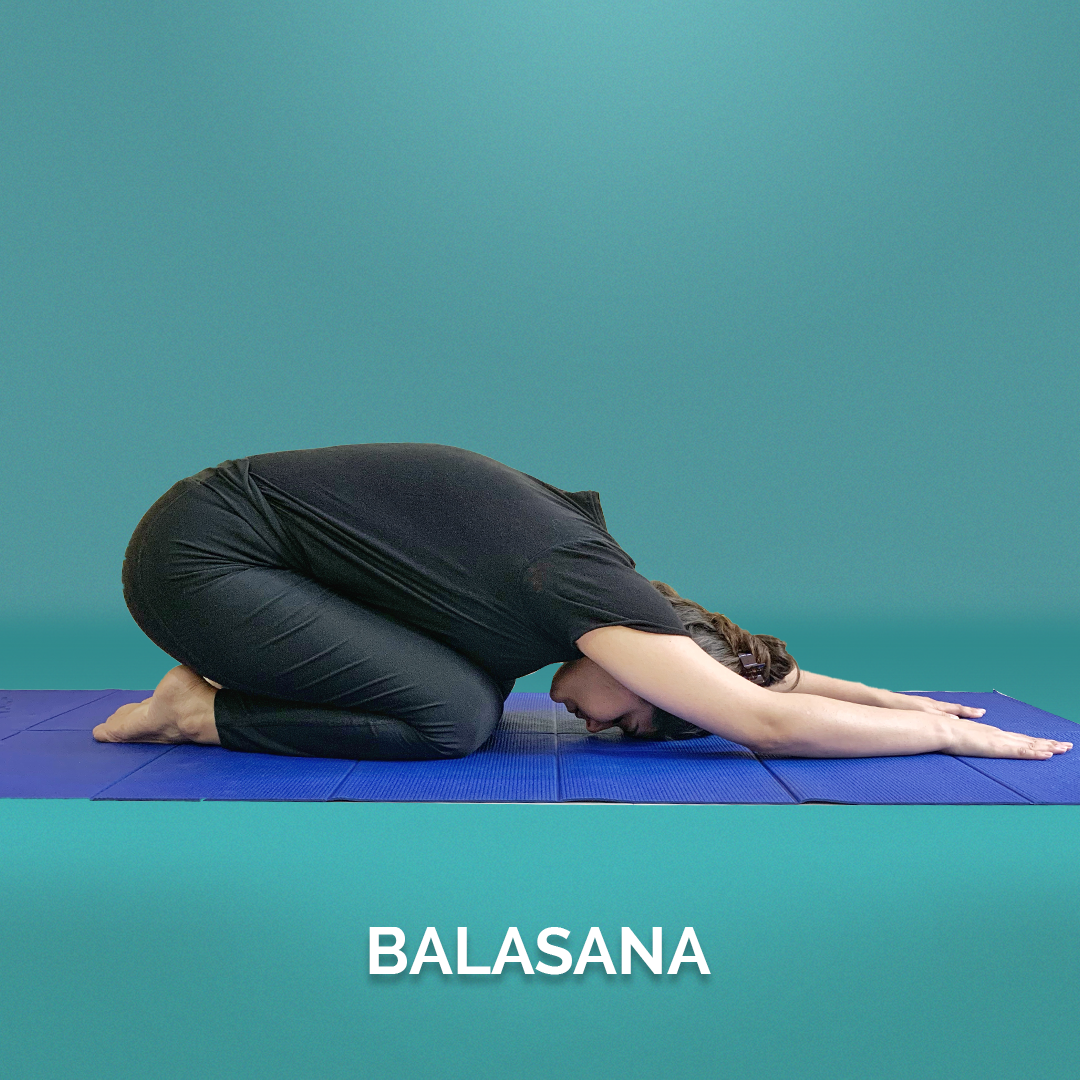
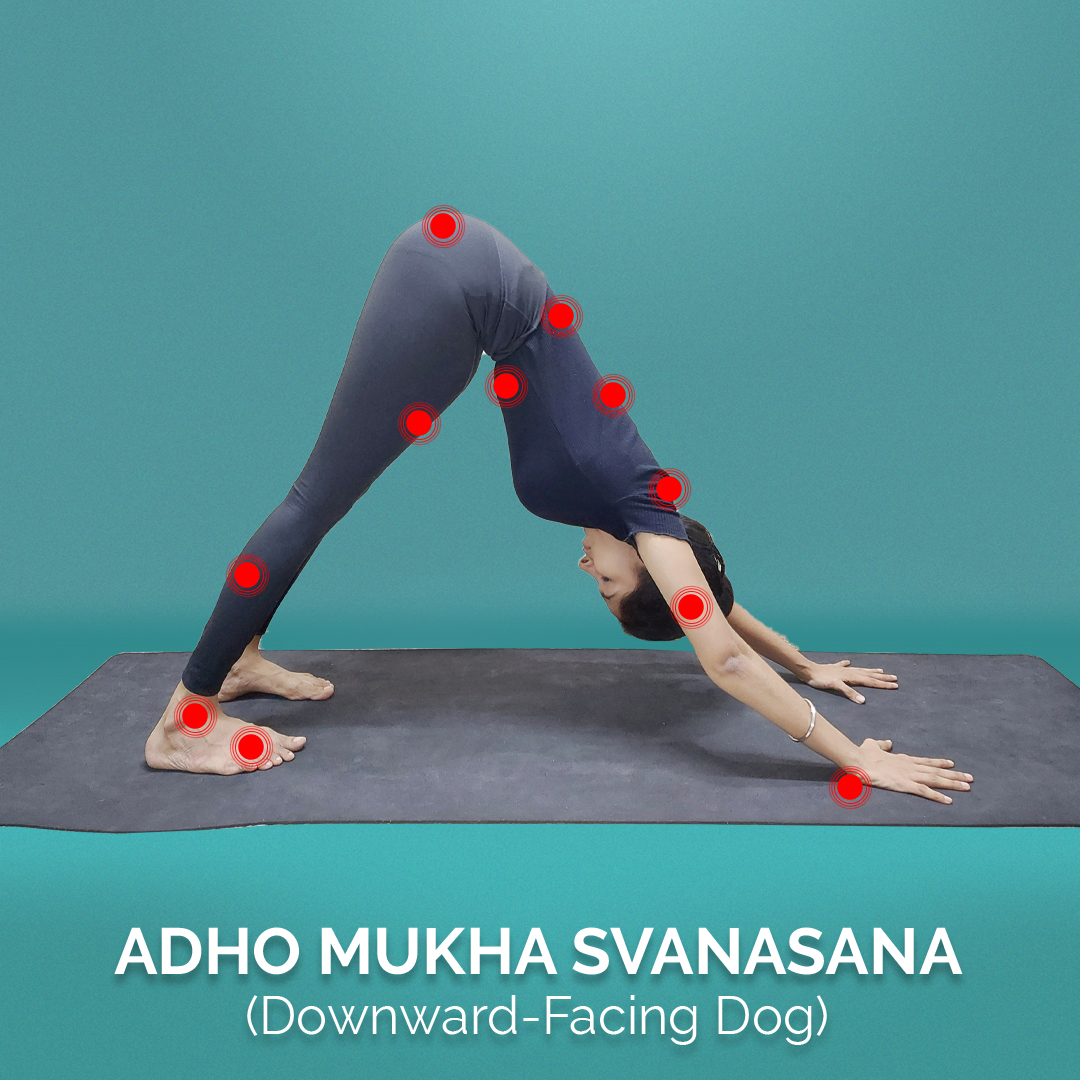
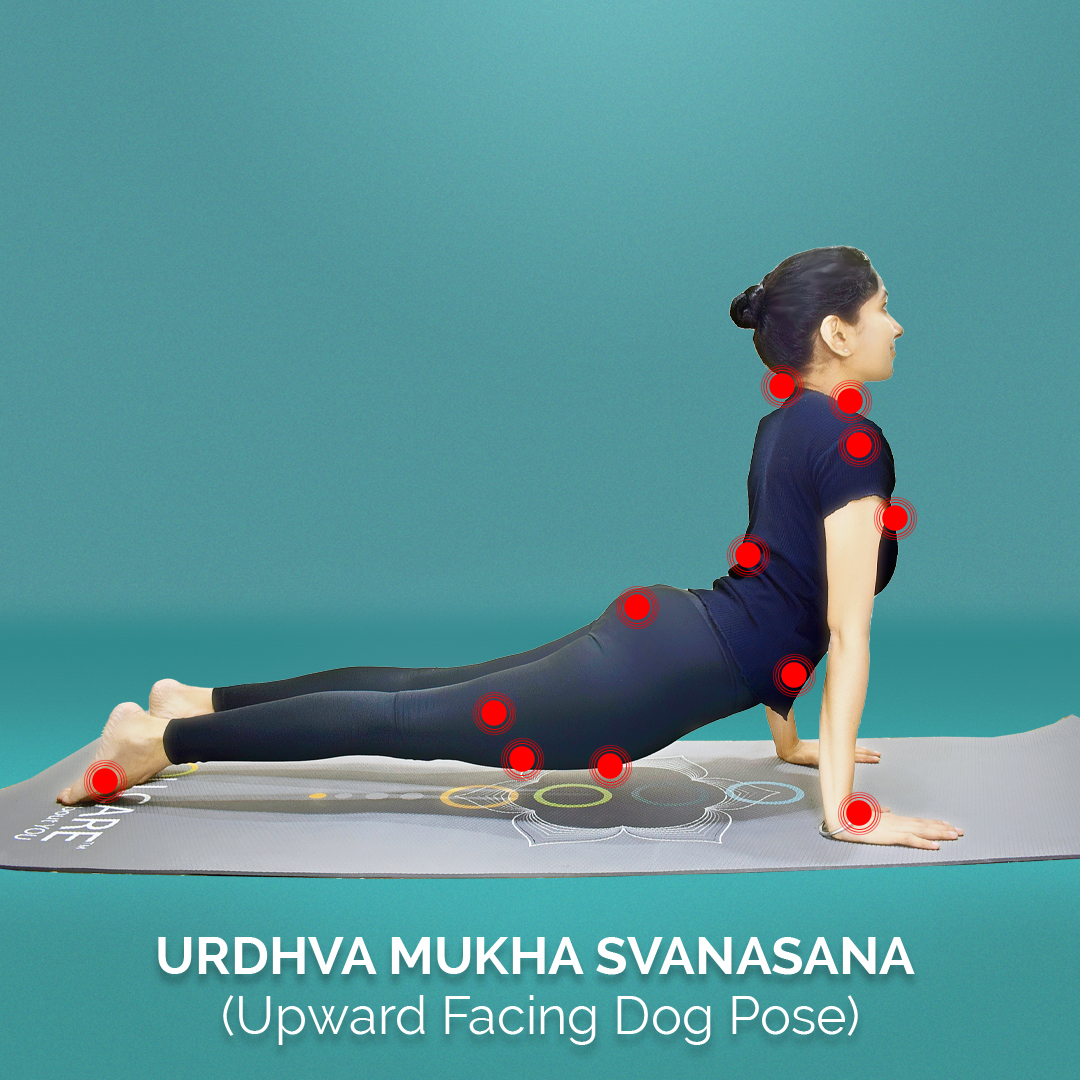
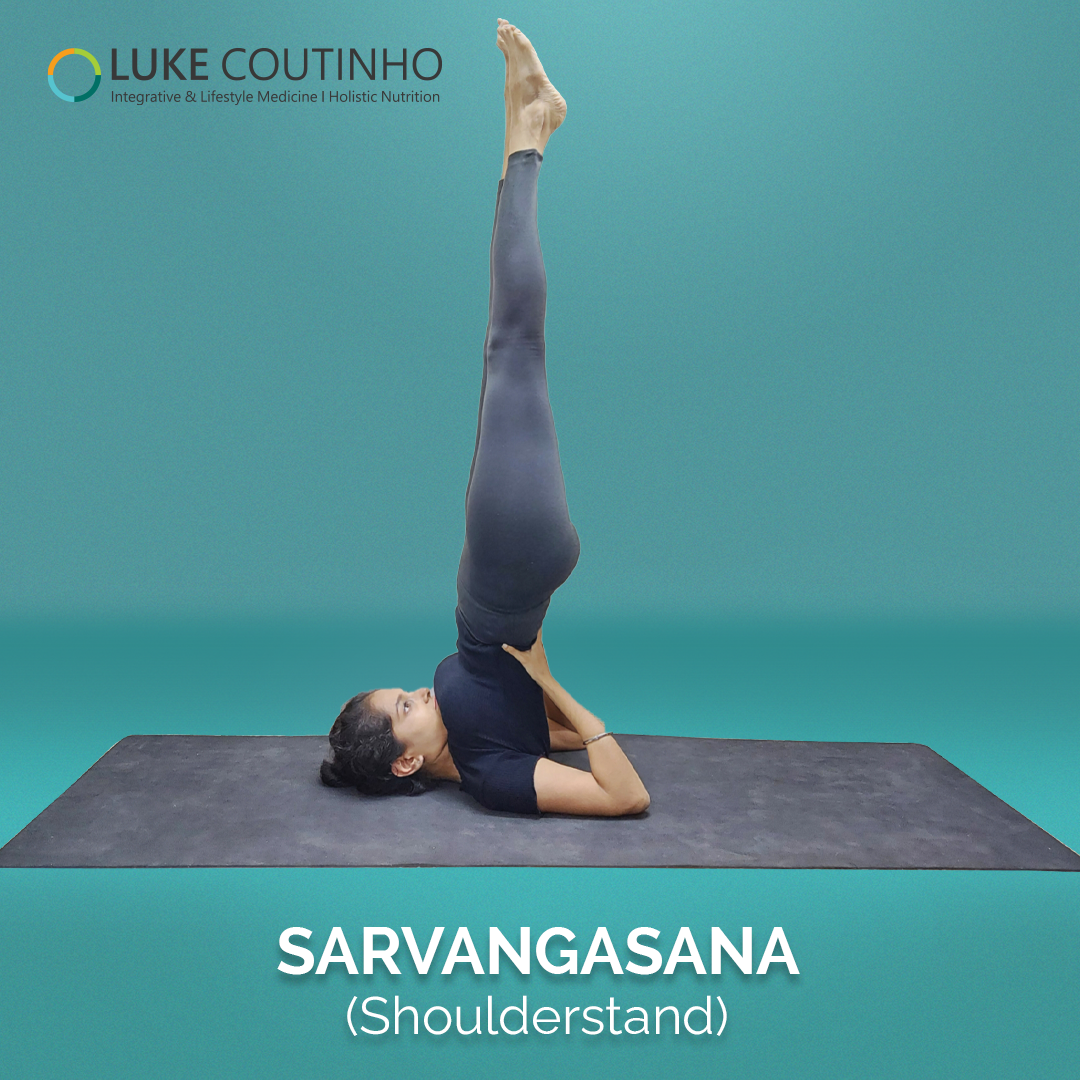
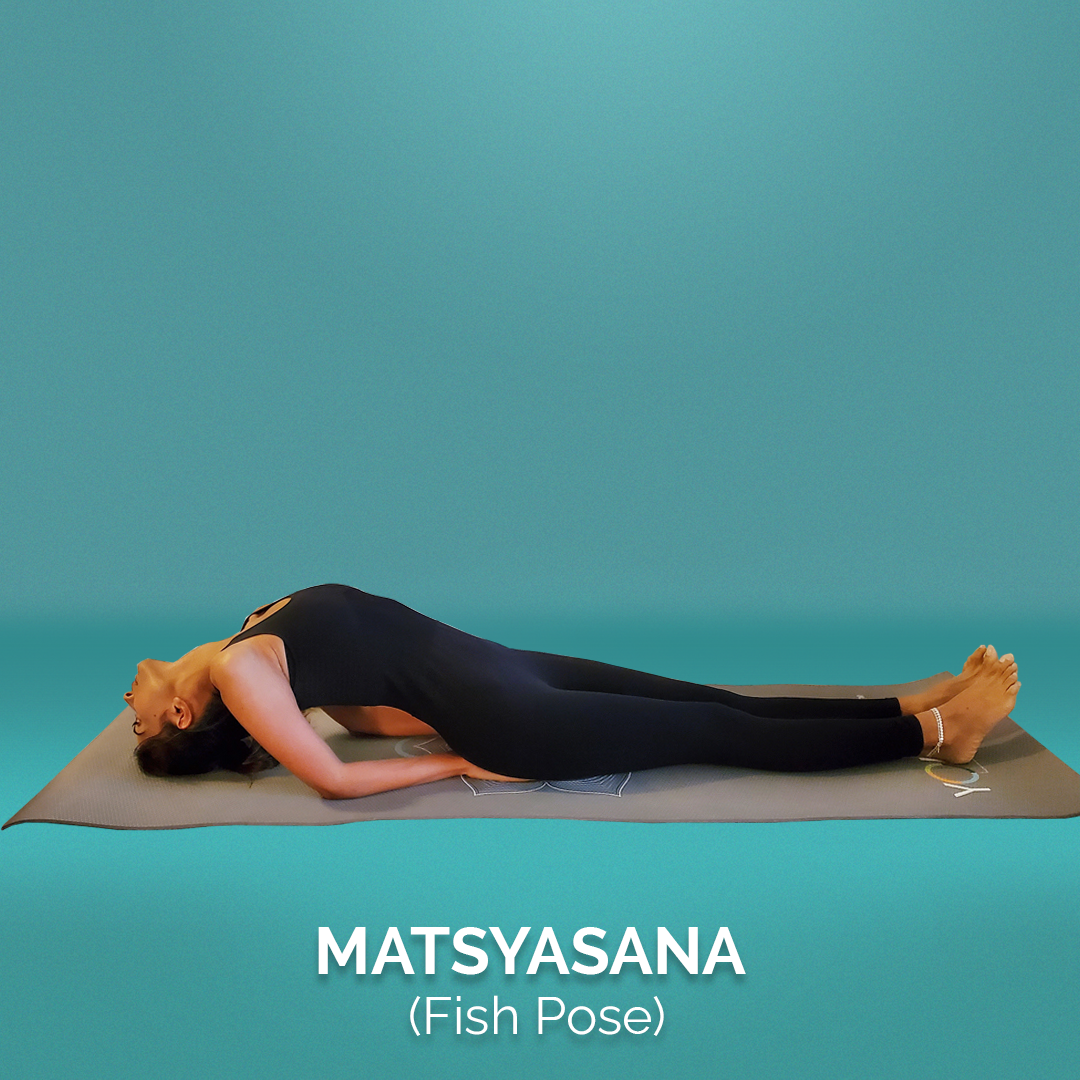
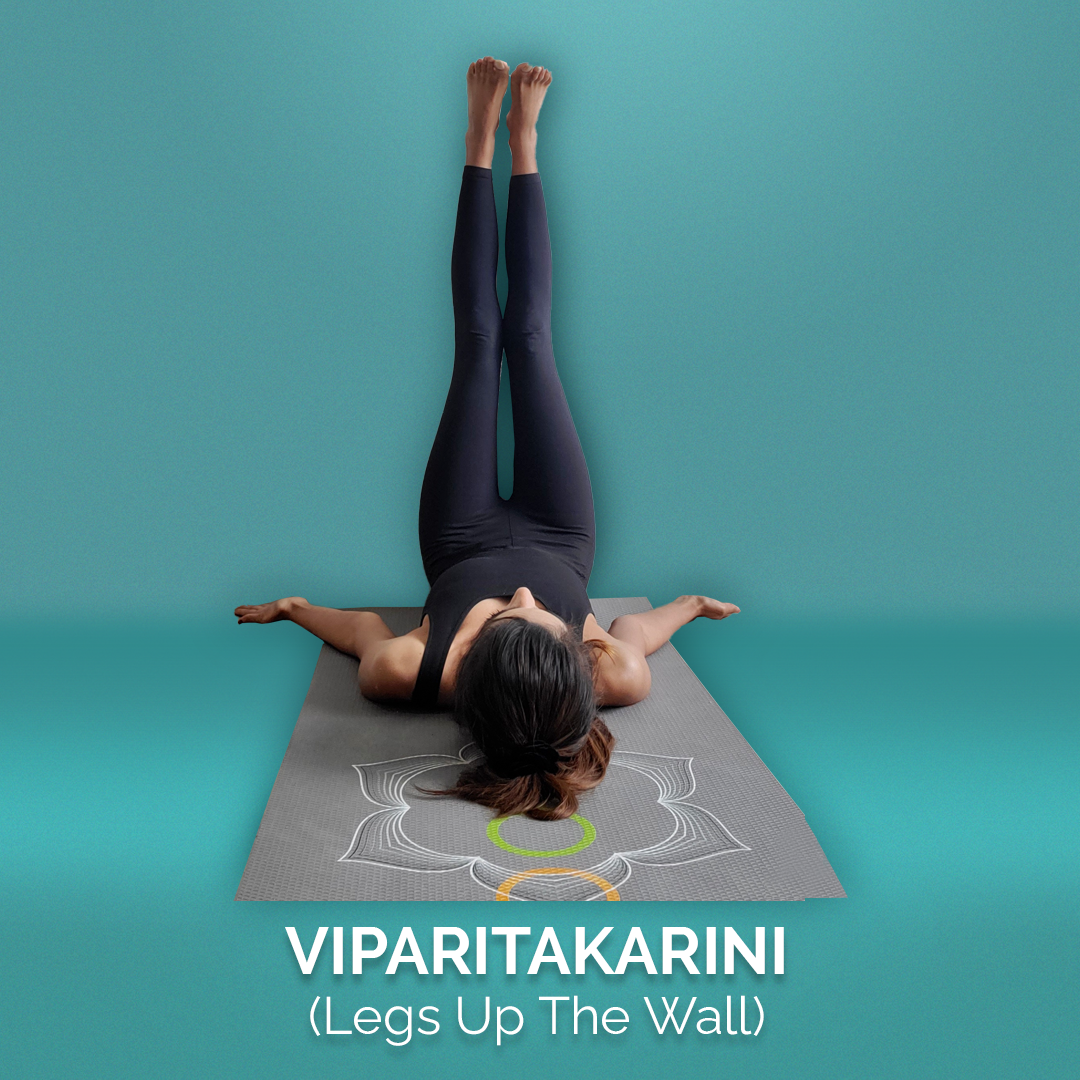
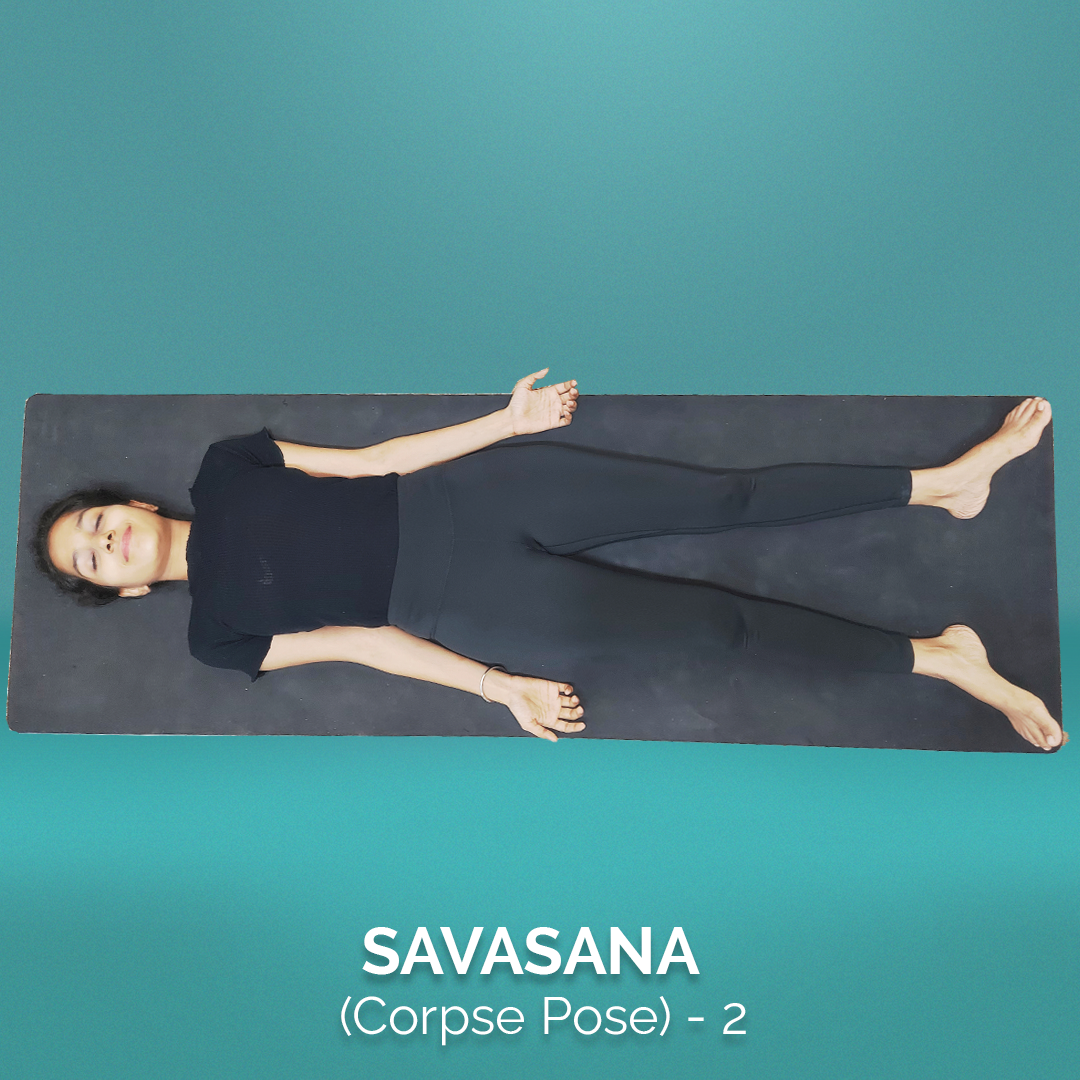
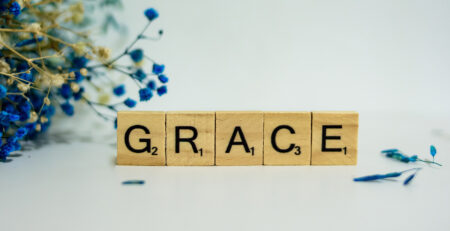

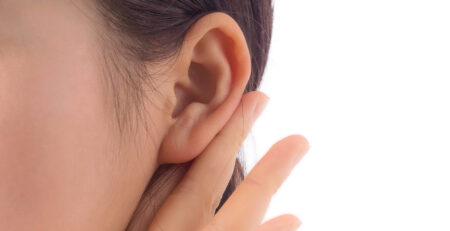

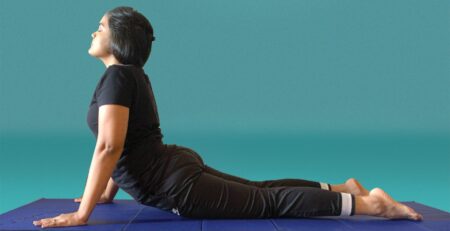


Leave a Reply